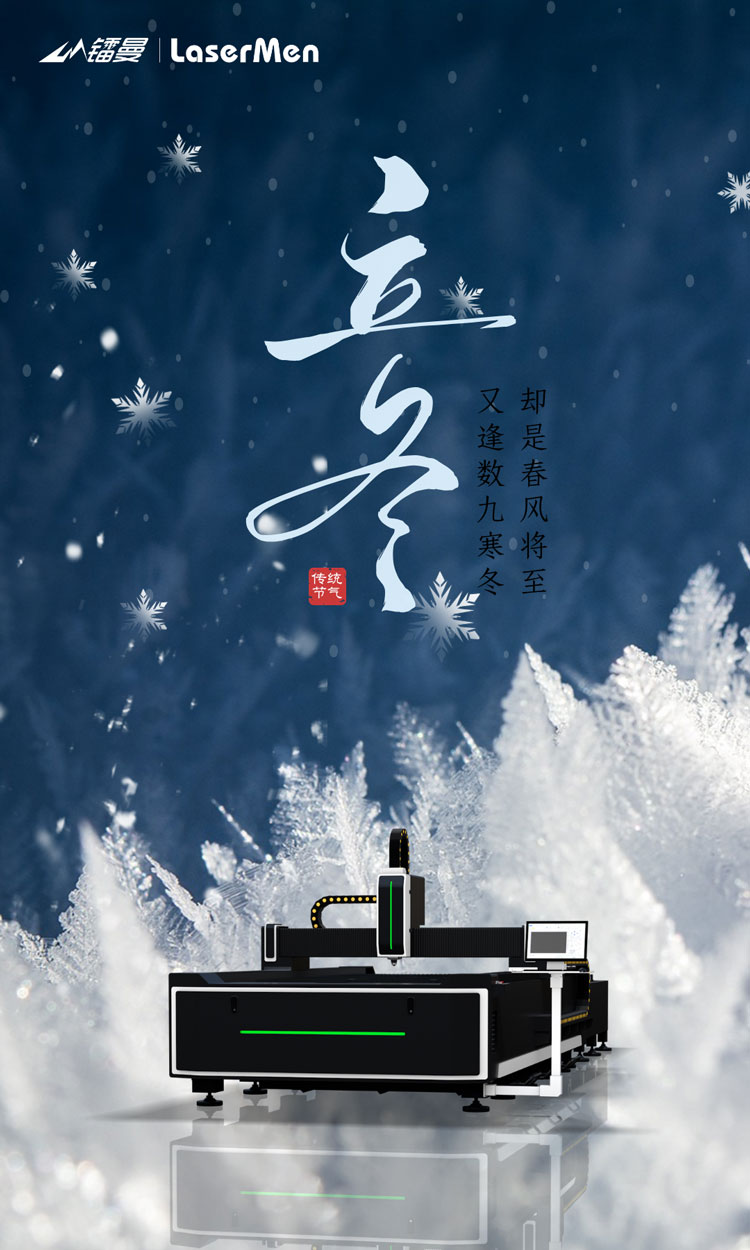Start of Winter, known as "Lidong" (立冬) in Chinese, is one of the Twenty-Four Solar Terms in the Chinese lunar calendar. It typically occurs around November 7th or 8th, marking the official beginning of winter in East Asia. Lidong is a significant date in Chinese culture, reflecting the transition from autumn to winter and the start of a new phase in the agricultural cycle.
Historical and Cultural Significance
Lidong has been observed in China for centuries, dating back to the Han Dynasty (206 BCE – 220 CE). In ancient times, it was a crucial moment for farmers, signaling the end of the harvest season and the need to prepare for the colder months ahead. The term "Lidong" literally means "the establishment of winter," emphasizing the idea of a new beginning and the importance of adaptation to changing seasons.
Traditional Practices and Customs
Family Gatherings: Similar to other significant solar terms, Lidong is a time for family reunions. People often return home to be with their loved ones, sharing meals and strengthening family bonds. This sense of togetherness is a core value in Chinese culture and is particularly emphasized during the winter months.
Eating Nourishing Foods: Food plays a crucial role in Lidong celebrations. People traditionally consume foods that are rich in calories and nutrients to build up strength and resilience against the cold. Some common dishes include:
Pork Leg: Roasted or braised pork leg is a popular choice, believed to provide warmth and energy.
Mutton Hot Pot: Mutton hot pot is another favorite, especially in northern China. The warm, hearty broth and tender mutton are thought to boost the body's yang energy.
Black Rice and Black Beans: These foods are considered beneficial for the kidneys and are believed to help the body adapt to the colder climate.
Ancestral Worship: Many families pay respects to their ancestors during Lidong. They may visit gravesites to clean and decorate them, offer prayers, and present offerings such as food and incense. This practice reinforces the connection between the living and the deceased and emphasizes the continuity of family lineage.
Symbolism and Traditions
Preparation for Winter: Lidong is a time to prepare for the challenges of winter. Farmers store harvested crops, repair tools, and ensure their homes are ready for the colder weather. In traditional Chinese medicine, the start of winter is a time to focus on health and well-being. People may engage in practices such as moxibustion (艾灸) and acupuncture to strengthen the body's yang energy and ward off illness.
Symbolic Activities: Various activities are performed to symbolize the transition into winter. For example, some regions may hold ceremonies to bid farewell to the autumn and welcome the winter. These ceremonies often involve lighting bonfires, releasing lanterns, and performing traditional dances.
Modern Celebrations
While many traditional practices continue, modern Lidong celebrations have also evolved. In urban areas, people may organize community events, such as food fairs and cultural performances, to mark the occasion. Schools and cultural institutions often hold educational programs to teach children about the significance of Lidong and its place in Chinese culture.
Conclusion
Start of Winter (Lidong) is more than just a seasonal marker; it is a rich tapestry of cultural traditions and symbolic meanings. It represents the cyclical nature of life, the importance of family and community, and the need to prepare for the challenges of the coming months. As the days grow shorter and the nights longer, Lidong serves as a reminder of the natural rhythms that govern our lives and the deep connections we share with each other and the world around us.





